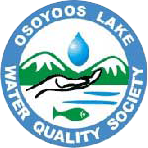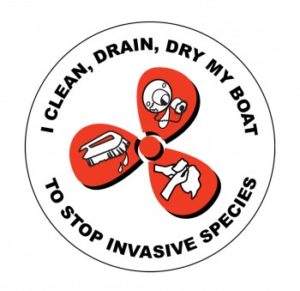Nitrates

Blue-green algae, common in Osoyoos Lake, can be caused by an excess of nitrates
.
Nitrate is a naturally-occurring chemical found in fertilizers, pesticides, and human and animal waste, and is a major nutrient for aquatic vegetation. Too many nitrates (along with other nutrients in water such as phosphates) can lead to increased growth of algae, which in turn reduces the amount of oxygen and increases the amount of sediment in the water as the algae decomposes and sinks to the bottom.
Nitrates can also affect human health by reducing the ability of the blood to carry oxygen. For more details on nitrate effects on human health, check Health Canada’s nitrate/nitrite guidelines.
Most lakes contain some naturally-occurring nitrates as an important part of the food chain.
The Osoyoos Lake Water Quality Society was formed in 1991 in response to a UBC study which found Osoyoos Lake to be ‘a cocktail of nitrates and phosphates’. Today, the lake contains an intermediate amount of nutrients such as nitrates and phosphates. Tests show only traces of nitrates in the lake itself which is wonderful news and due in part to improved sewage treatment systems from communities up river, and to increased public awareness.
However, the lake is facing challenges from man-made activities that speed up the process such as lawn and garden fertilizers, faulty septic systems, erosion into the lake, dumping or burning leaves in or near a lake, and feeding ducks and geese. The droppings of Canada geese are leached or washed into the lake and are known to sometimes carry disease such as E. coli.
High nitrate levels have also been found over the past few years in some domestic wells in the three aquifers (underground drinking water sources) that surround Osoyoos Lake. This is cause for concern, and currently the water from these wells has to be heavily treated.






